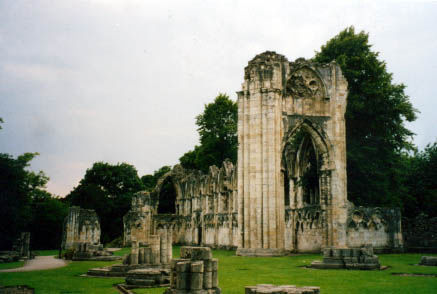
Additional photos of this 2003 holiday at Robin Hood sites can be found at my Picture Gallery.
[Most of the words below were written in August 2003 within a few weeks of this trip. Between 1999 and 2003 my site acquired a new look, one that with some tweaking remained in place from 2000-2018. There was also a Robin Hood conference in London, Ontario, Canada in 2001. But in 2003, the conference returned to the UK.]
Like my last trip to Britain, this return vacation was based around a Robin Hood conference. It was held in York from July 7 - 10, 2003. Before the conference, I made a brief stop at Huddersfield to crash at a colleague's house as I put the finishing touches on my conference paper. Huddersfield is very close to Kirklees and Robin Hood's grave, which I visited on my previous trip, but this time I didn't get to that Robin Hood site. However, there were many other Robin Hood sites I did get to visit both during and after the conference.
The conference accommodations were at York St. John College, just across from Robin Hood's Tower on along one of the city's medieval walls. The lectures were delivered a short walk away at King's Manor.
King's Manor was once the private lodgings of the abbot who was Robin's legendary archenemy. (After the dissolution of the monasteries, King's Manor housed the Council of the North, governed by Sir Henry Hastings, Third Earl of Huntingdon. Some believe the Elizabethan Hastings was the inspiration for Robin's legendary earldom.)
King's Manor is next door to the ruins of St. Mary's Abbey, York. I first visited St. Mary's Abbey in 1993, and I was able to squeeze in a brief walk around the abbey grounds into the busy conference schedule. Unfortunately, I didn't have much time to sample the many sights of York.
I arrived later on Sunday, July 6, than I had originally intended. I did go shopping with some friends along the pedestrian shopping street of Stonegate and wandered down the old-fashioned Shambles after store hours. And I did an early morning stroll along the medieval wall. But then, this trip had many, many more pleasures than the tourist attractions.
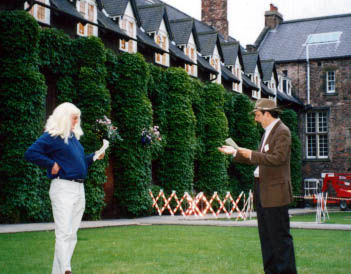
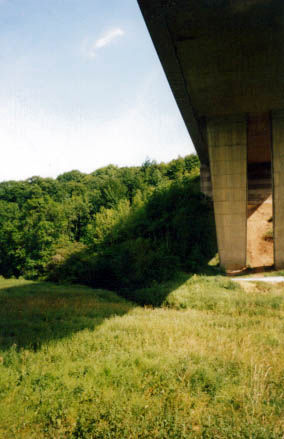
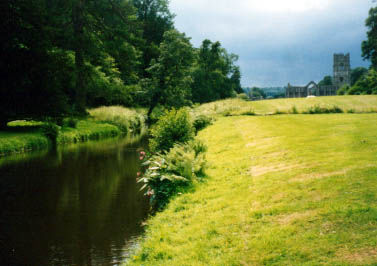
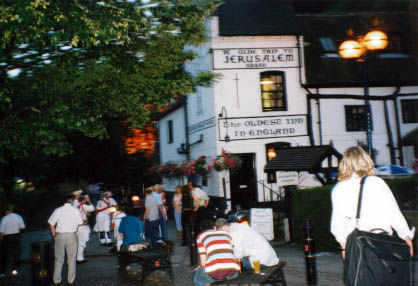
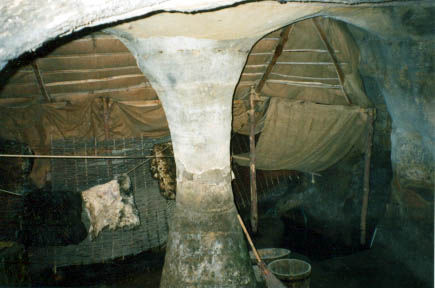
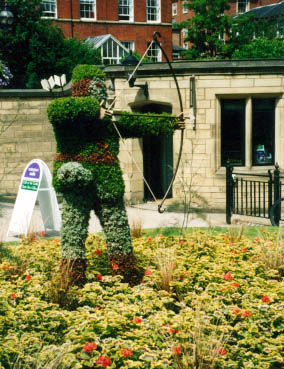
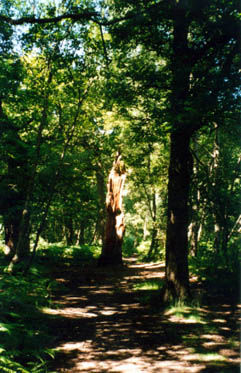
Contact Us